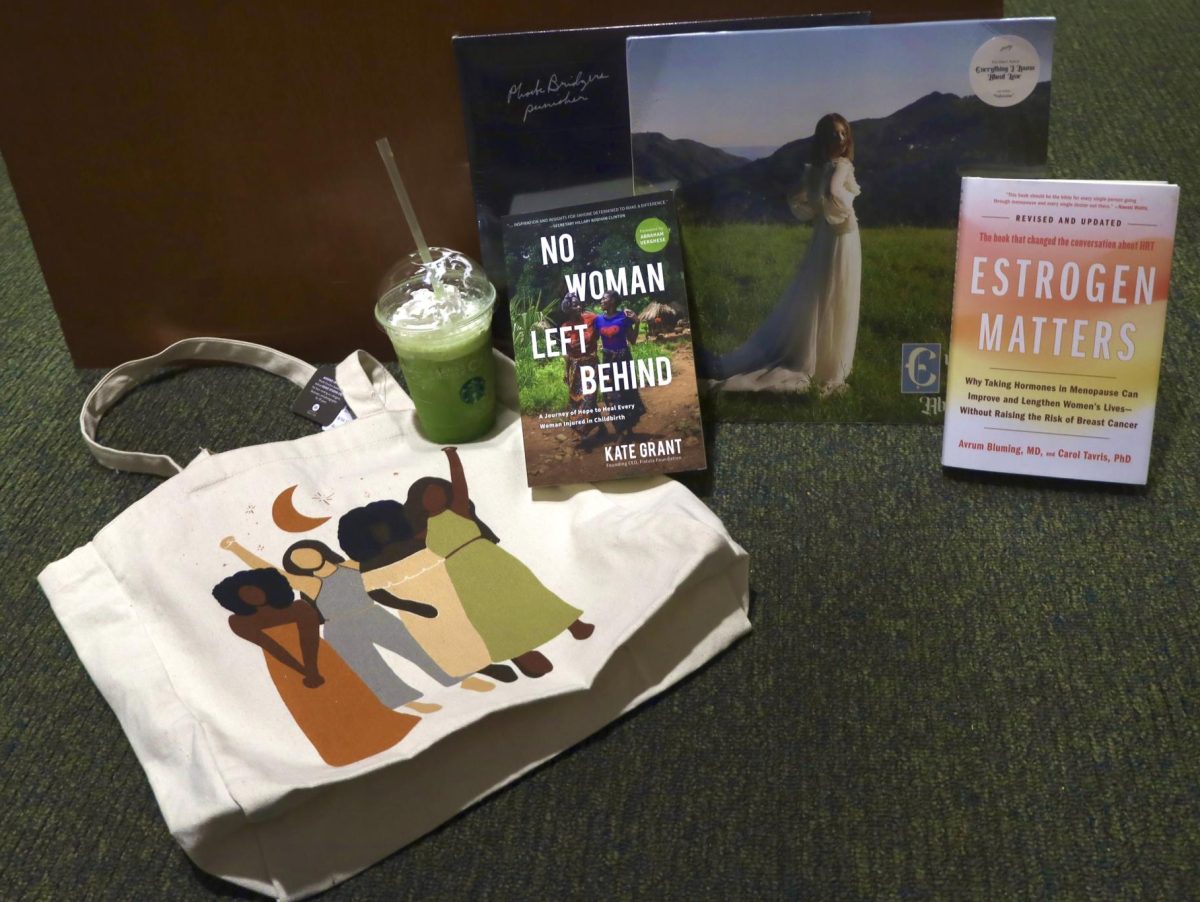
When I was six years old, my parents took me and my sister to see Disney’s “Frozen” in theaters. As soon as I heard “Let it Go” for the first time—watching as Elsa unpinned her platinum blonde hair and built a towering palace from her ice powers—I was hooked. It was all I could think about. My previous love for “Cinderella” and “Tangled” was completely forgotten as I begged my mom to braid my hair exactly like Elsa’s, mimicking the pose she had on the movie poster in every photo I took.
In February, Disney announced that a “Frozen 3” as well as a “Frozen 4” were in the works. All the children who first saw “Frozen” in theaters have grown older, but hardly any time has passed in the world of the movie. The characters are left encased in a tomb of ice, forced to be re-awakened every six years in hopes of attracting the attention of new generations of kids everywhere, with their parents’ money in tow.
The additions to the Frozen franchise are not the only sequel movies Disney has recently announced, with “Zootopia 2,” “Moana 2,” “Inside Out 2” and “Toy Story 5” in the works.
At least a couple of “Frozen” sequels could work just from sheer popularity, but other Disney and Pixar movies have wrapped up their storylines nicely. In fact, the fourth movie in the Toy Story franchise did not need to be made either. “Toy Story 3” gave the characters a good ending where the toys from the first few films got a new owner, effectively wrapping up the storyline. All fans, old and new alike, were satisfied with this ending, so why did these movies get greenlit in the first place?
In the past several years, the tactic of “nostalgia-baiting” has been used more and more to market to fans. The idea is that if a remake or sequel of a beloved movie gets announced, people will buy tickets because of their fondness for the story and characters, no matter how long ago the original source material came out. It is a strategy that leaves fans with the short end of the stick, because most of the time, the sequels and remakes that are advertised do not live up to expectations.
An upcoming example of this practice is the sequel to Tim Burton’s “Beetlejuice,” with the teaser having been released March 21. The original movie came out 36 years ago, but because of its cult-classic status, producers have decided that if they could get some of the original cast members like Winona Ryder—which they did—tickets will sell.
The movie is set to release in September, and it will definitely make money off of the original’s fans, but this cycle of dusting off older movies for unnecessary sequels needs to stop. There are so many interesting stories and ideas that can be explored in film, and at the end of the day, these “nostalgia-bait” movies are only hurting fans with the lack of care put into them by the quality of the writing. A prime example of this is the fifth installment of the Scream franchise, where the new leads are underdeveloped and make little sense considering the previous film plots.
Movie studios may keep trying to entice viewers by reviving their old childhood movies, but I have to wonder: what would my six-year-old self think of this constant cycle of mutilating her favorite characters in favor of making extra money?













